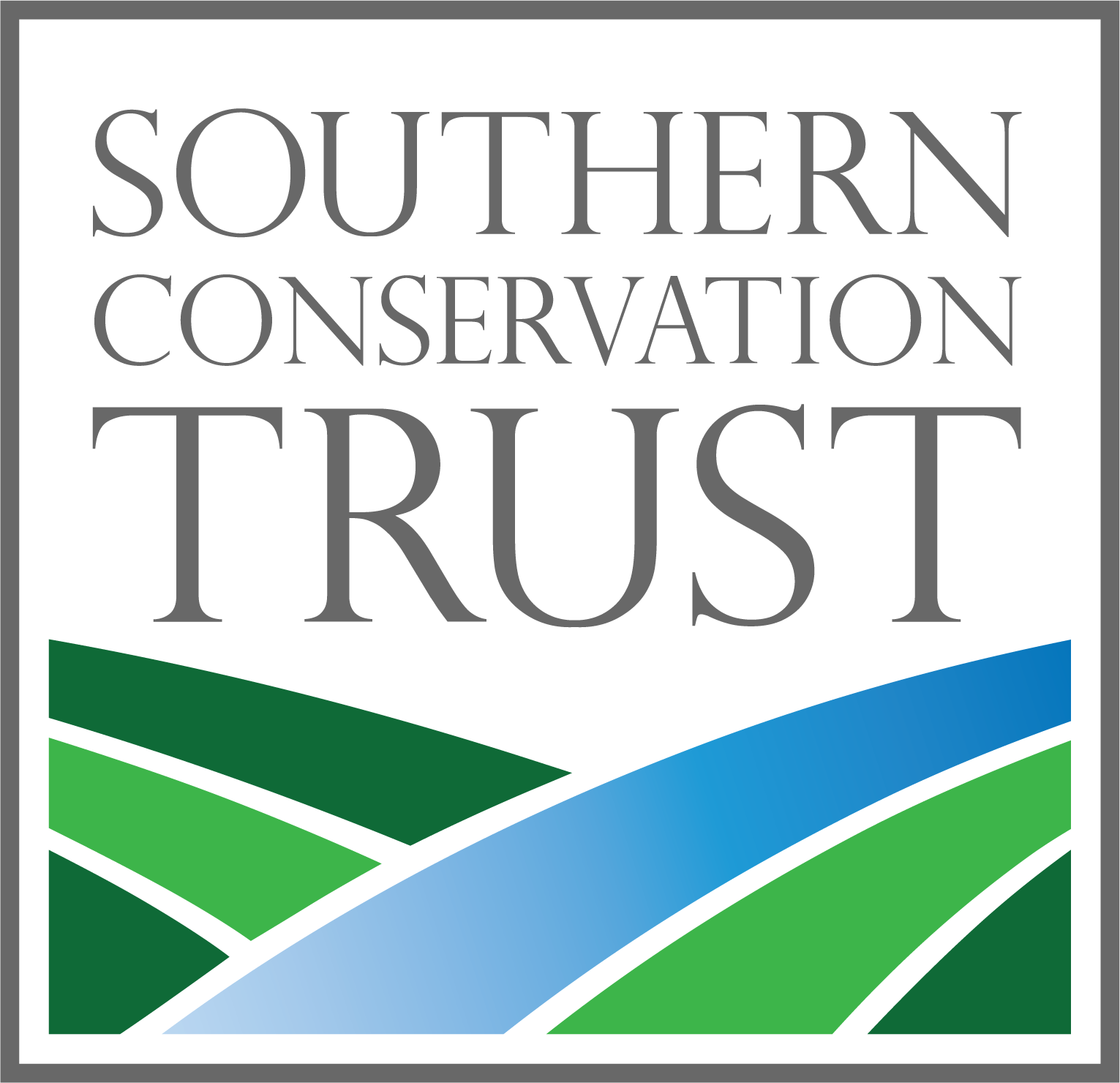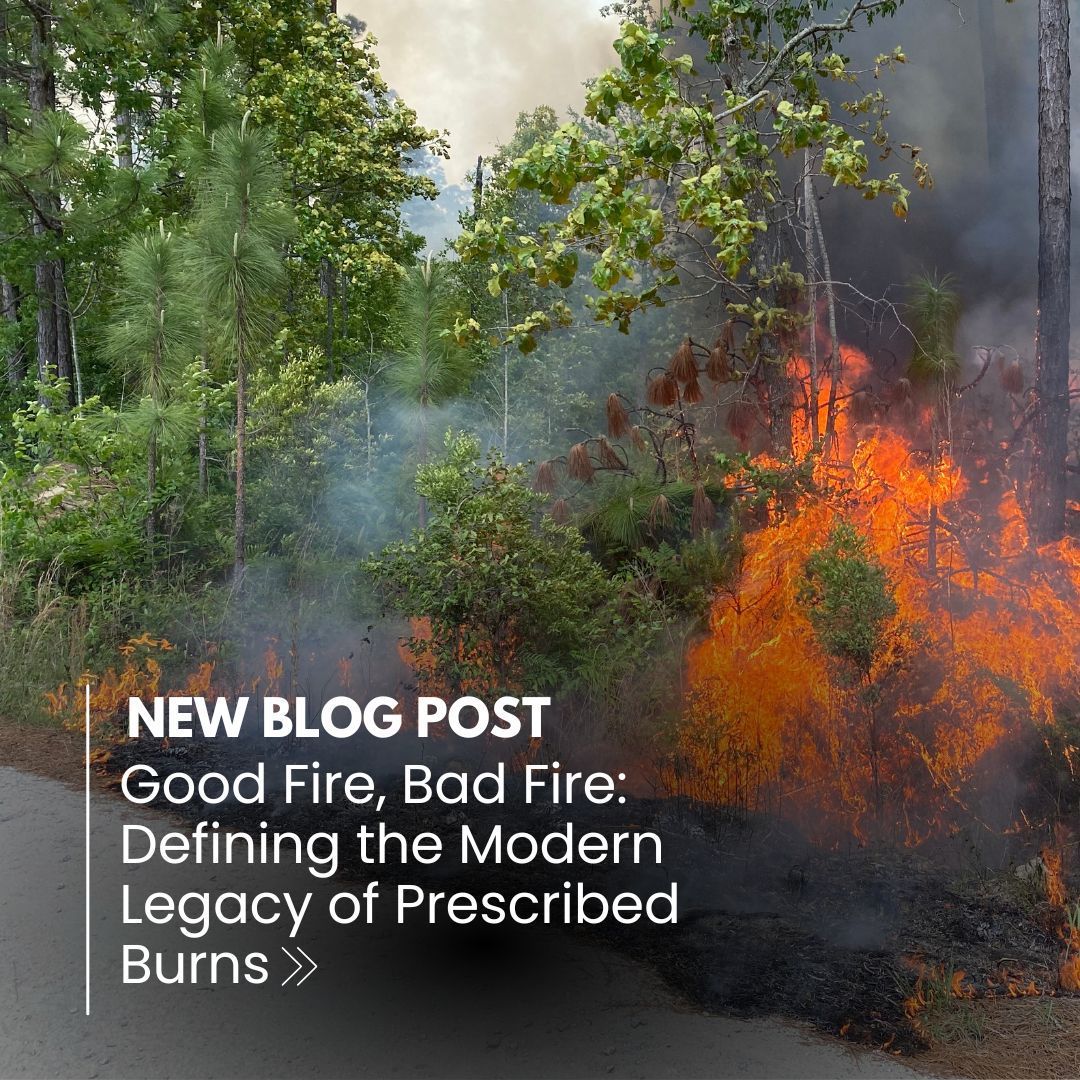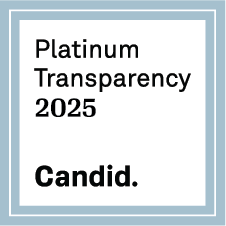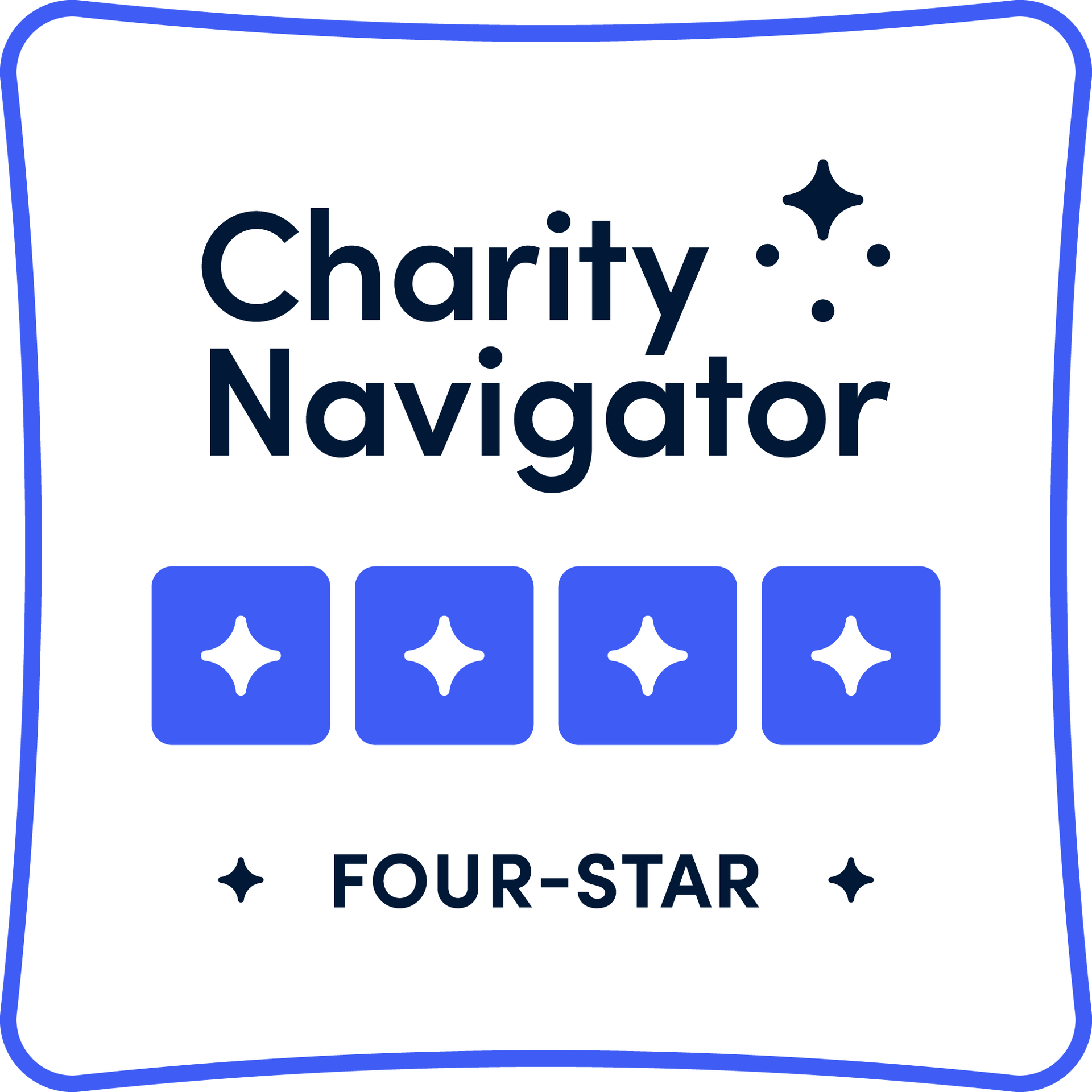What is Prescribed Fire?
We Didn't Start the Fire: Burn Unit 1
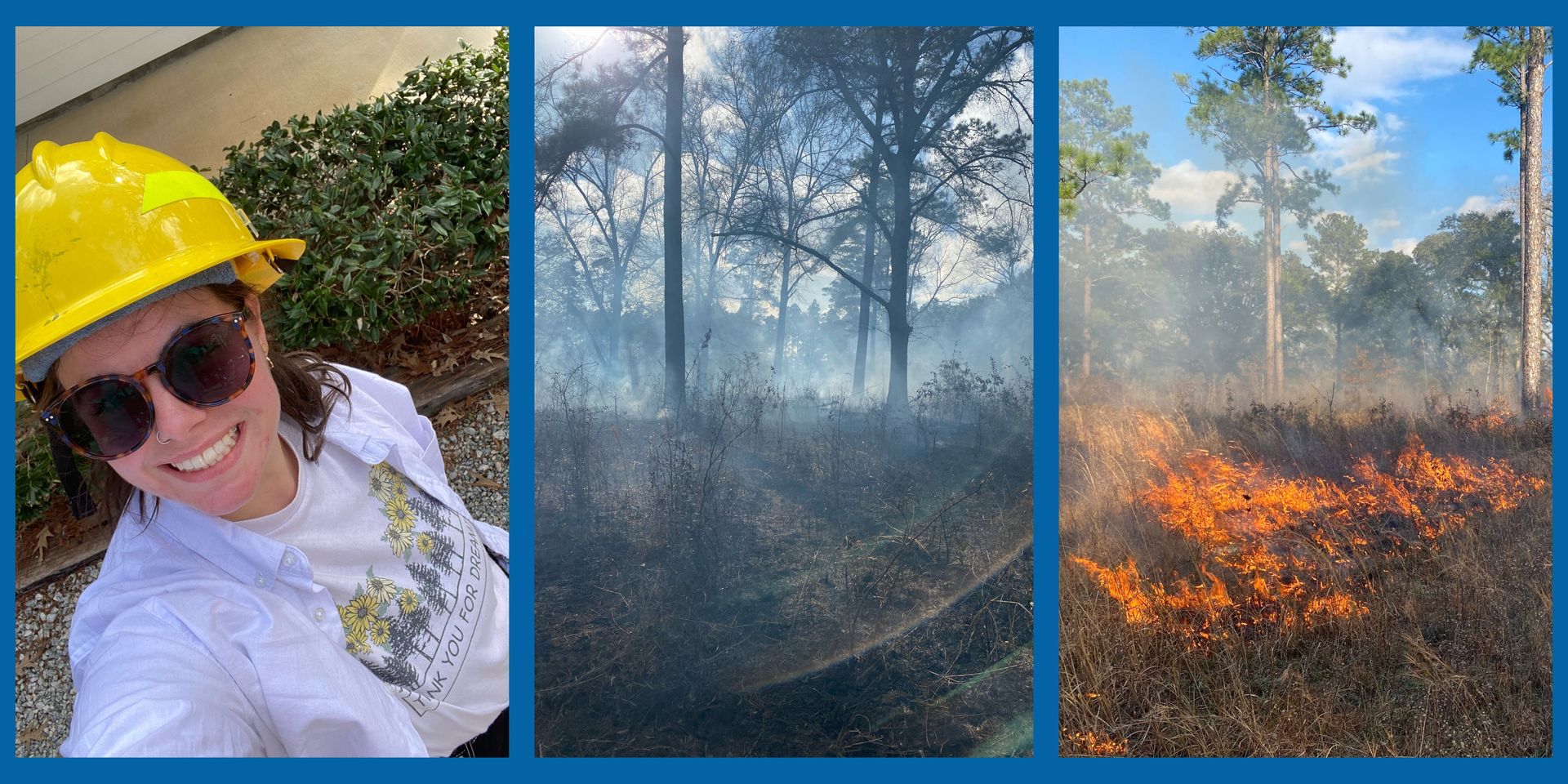
Written by: Paxton Caroline Hayes
Photos taken by: Paxton Caroline Hayes
Location: Red Oaks Plantation in Oakfield, Georgia
Welcome to the Fire Crew
Whether you're a landowner who already conducts controlled burns, live in a metro area and dread the summer burn bans, or have never heard of prescribed fire before, welcome! My name is Paxton Caroline Hayes, and I am part of the Conservation and Stewardship team here at the Southern Conservation Trust. With these posts, I want to show you how important prescribed fire is for ecosystems throughout the Southeast.
This series of blog posts will cover topics like the history and ecology of prescribed fire, proper smoke management, and fire as a land management tool. We didn’t start the fire when our environment was learning to co-evolve with it, but we should work together to start them safely now, happy burning!
Okay, But What is Prescribed Fire?
Sometimes called controlled burning or abbreviated as “Rx Fire,” it is the intentional and controlled use of fire as a land management technique. The United States Forest Service states that prescribed fire is:
- Applied in a skillful manner
- Under exacting weather conditions
- In a definite place
- To achieve predetermined, well-defined management objectives (or results)
- Reduce wildfire hazards
- Reduce fuels
- Improve habitat for wildlife species
- Reduce competition
- Enhance appearance
- Improve access
Why Should I Choose Fire?
Prescribed fire is a safe way to apply a natural process, ensure ecosystem health, and reduce wildfire risk on public and private lands (Georgia DNR). Long before humans inhabited the Southeast, lightning-ignited fires helped shape Georgia's many ecosystems from the longleaf pine savannas and herbaceous bogs in south Georgia to oak-hickory forests and high-elevation balds in the mountains. If left unchecked, trees and brush will grow too thick, shading out understory vegetation and preventing animals from foraging or living there.
Additionally, chemical and mechanical treatments can be significantly more expensive than prescribed burning and have greater environmental costs (such as the destruction of habitat, loss of native plants and animals, and detrimental soil erosion). While fire is temporarily destructive, our ecosystems in the Southeast have evolved to come back stronger under the right fire conditions and disturbances. Prescribed fire also safely consumes fallen limbs, dead trees, and other flammable fuels (like pine straw), which lowers the risk of catastrophic wildfires and smoke clouds.
Where Can I Learn More?
Georgia Department of Natural Resources
Press & Media Inquiries
Contact Us
About Southern Conservation Trust
At Southern Conservation Trust, we are passionate about elevating nature through exceptional stewardship. Based in Georgia, our 501(c)(3) public charity has successfully conserved over 65,000 acres of land across the Southeast, including five public nature areas in Fayette County and the Fayette Environmental Education Center. We believe that protecting our natural spaces is just the beginning; everyone should have equal access to enjoy the beauty of the outdoors. Join us in our mission to foster a deeper connection between people and nature. Learn more at www.sctlandtrust.org.
